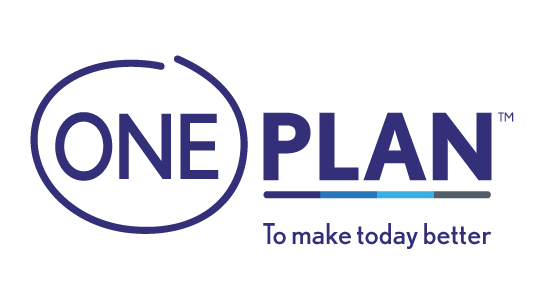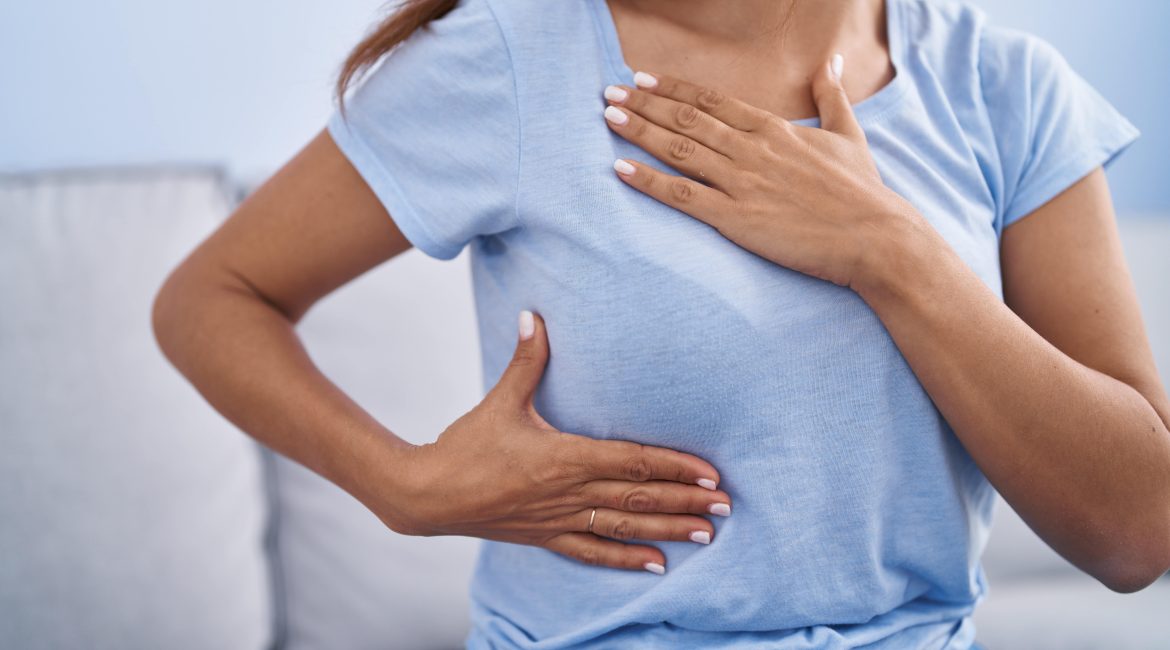We take a look at how to do a breast self-examination and why it’s an important part of taking care of your health.
What have you done in the last five minutes? Perhaps you’ve made your third cup of coffee for the day or maybe you’ve just jumped off the phone with your mom. For five different women worldwide, the last five minutes have been less simple – because, in the last five minutes, five women will have been told they have Breast Cancer.
Breast cancer can happen to anybody. Young, old, rich or poor, none of those change the fact that breast cancer is the most commonly diagnosed cancer among women. Cancer-free family history is unfortunately not a guaranteed relief and the most effective way to look after yourself and ensure early diagnoses is through routine self-examination.
The five-year (post-remission) survival rate of breast cancer patients who detect cancer in its early stages is a staggering 90%, and with those numbers, you’d be crazy not to put a monthly breast self-examination in your healthcare regimen.
Discover: Dread Disease Cover & Health Insurance: What You Need to Know
A Breast Self-Examination Guide
How to get the best results from breast self-examinations: consistency is key.
Pen (not pencil, pen) in a day on your calendar to do a monthly breast self-examination. Aim for setting your day for seven to ten days after your period or schedule for the first or last day of the month. There are three locations you need to use for your self-examination: your mirror, your shower, and your floor/bed/roof/anything that you can lie flat on. Got access to all three? Cool, we’re good to go!
The Mirror
It’s time to face the music and take a look at the girls square on. Using your mirror is how you gauge if there any visible changes. You can examine your breasts in the mirror in four easy positions:
- With your arms at your side
- With your arms up overhead
- Face on with your hands-on your hips (really bring out the Wonder Woman Pose confidence everybody talks about)
- Bending forwards and looking at your breasts from a side and front angle
In case you were wondering exactly what you should be looking for, here are the 12 symptoms of breast cancer you need to be aware of:
- Hard Lump
- Thickened Area
- Dimple
- Nipple Crust
- Red or Hot
- Unexpected Fluid
- Skin Sores
- Bump
- Retracted Nipples
- Growing Veins
- New Shape or Size
- ”Orange Peel” Skin
If you want to know exactly how these symptoms look on your breast, jump onto the Know Your Lemons Foundation website for their great representation of exactly what you should be keeping an eye out for. They also have an app for early detection!
Read this: 4 Tips for Choosing the Best Family Doctor Plus How You Can Afford It
The Shower
Part two of your empowering breast self-examination is all about technique and super easy. Jump in the shower and lather up, as this will help you get a deeper feel into your tissue.
Raise your right arm and with your left three middle fingers, feel your breast in circular motions starting from collarbone to nipple. The areola and nipple are on the guest list, too!
Lying Down
Step 3 is a wind down from all the exhausting looking and showering you’ve been doing for this time-consuming routine. It’s similar to what you did in the shower, only you’re lying down.
Word on the block is that the motion you’re aiming for is like kneading dough to make a pizza – we hope that helps! More of a visuals kind of gal? Head to this great video done by CANSA for a quick recap.
Do each breast 3 times and you’ve done your bit! If you did notice any changes, book an appointment with your doctor ASAP (which, with Oneplan, you can load the funds for your consultation to your Oneplan Claim Card beforehand).
Putting prevention in practice
Now listen here, we aren’t saying that a once-a-month breast self-examination is all you need to be doing to prevent breast cancer. There are also significant lifestyle changes that will not only act as preventative measures to cancer in the breast, but cancer and disease as a whole.
Keep yourself at a reasonable weight. This is not a matter of looking perfect in a bikini, but a matter of putting as little strain on your body as possible and allowing it to function without excess fat.
More green, less grey. What you put into your body counts! When the cigarette box tells you that what’s inside causes cancer: believe them. You are not giving yourself a fair chance when what you are putting inside is grey and smokey instead of green and leafy (yes, we know you don’t eat cigarettes, but you get the point, right?).
Related: 5 Science-Backed Methods to Quit Smoking for Good
Monitor your alcohol intake. One drink a day or less should be where you’re at, and if it’s more, you are putting yourself at a higher risk of developing breast cancer.
At Oneplan Health Insurance, we really do have your best interests at heart. Visit your doctor regularly (this includes your gynaecologist or oncologist, by the way – which are covered in our Executive Plan under specialist care!), do a breast self-examination regularly, and hey, check in with us regularly if you want to, too!
Your Health Insurance Family,
Oneplan




